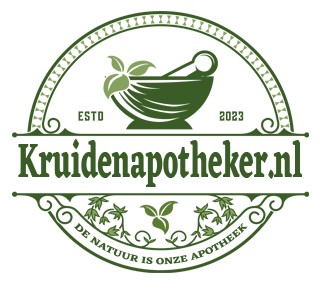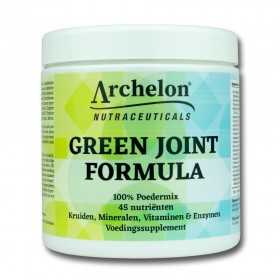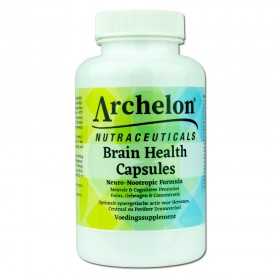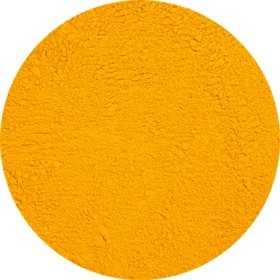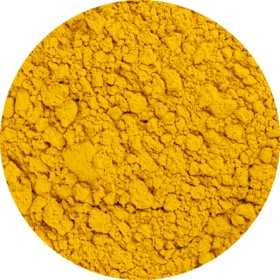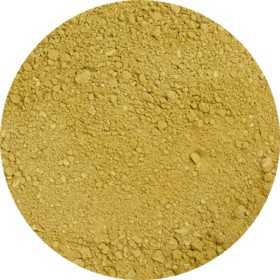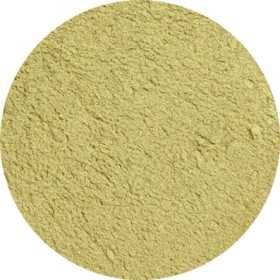Herbs Grinded
There are 54 products.
Tumeric long. - Curcumae longae
Curcuma (also known as Turmeric) (Curcuma longa) is respected worldwide as one of the most valuable herbs. It originates in the tropical regions of India and Southeast Asia. The powder of the root is known for its popularity in Asian cuisine and is known in the Netherlands as turmeric, due to its role in coloring curry and mustard.
In addition to its culinary uses, turmeric also offers several health benefits. Curcuma has been used in India for centuries because of its effective effect on flexible joints and intestinal function. It is a powerful antioxidant that benefits the liver and musculoskeletal system, while also aiding digestion.
In addition to its culinary uses, turmeric also offers several health benefits. Curcuma has been used in India for centuries because of its effective effect on flexible joints and intestinal function. It is a powerful antioxidant that benefits the liver and musculoskeletal system, while also aiding digestion.
€2.00
From: €2.00
Tumeric zanth. - Curcumae zanthorrhizae
Curcuma (also known as Javanese Ginger) (Curcumae zanthorrhizae) is respected worldwide as one of the most valuable spices. It originates in the tropical regions of India and Southeast Asia. The powder of the root is known for its popularity in Asian cuisine and is known in the Netherlands as turmeric, due to its role in coloring curry and mustard.
In addition to its culinary uses, turmeric also offers several health benefits. Curcuma has been used in India for centuries because of its effective effect on flexible joints and intestinal function. It is a powerful antioxidant that benefits the liver and musculoskeletal system, while also aiding digestion.
In addition to its culinary uses, turmeric also offers several health benefits. Curcuma has been used in India for centuries because of its effective effect on flexible joints and intestinal function. It is a powerful antioxidant that benefits the liver and musculoskeletal system, while also aiding digestion.
€2.20
From: €2.20
Valerian - Valerianae officinalis
Valerian (Valeriana officinalis) has been known for centuries for its relaxing and soothing properties, which is why it is often used for stress and to sleep better. It is a natural tranquilizer.
The reputation of the valerian plant stretches back centuries. The plant is still common in the Netherlands, mainly growing in airy, moist soil. The roots emit a strong and characteristic odor that cats are especially fond of. In the past, our superstitious ancestors used valerian to ward off 'evil'. For example, bridal couples wore wreaths of valerian leaves to ward off evil elves, while farmers used the herb to prevent 'milk bewitchment'.
The reputation of the valerian plant stretches back centuries. The plant is still common in the Netherlands, mainly growing in airy, moist soil. The roots emit a strong and characteristic odor that cats are especially fond of. In the past, our superstitious ancestors used valerian to ward off 'evil'. For example, bridal couples wore wreaths of valerian leaves to ward off evil elves, while farmers used the herb to prevent 'milk bewitchment'.
€3.70
From: €3.70
Vlezige Hokjespeul (Astragalus) - Astragalus chinensis membranus
Astragalus, also known as Fleshy Locust (Astragalus membranaceus), is a plant native to Asia. It has been used for 2000 years in traditional Chinese herbal medicine to strengthen the immune system. In addition to this property, astragalus has many other benefits. According to Chinese tradition, it strengthens the life force, or 'qi', as it is called in China, when ingested. It is known as a powerful antioxidant and is especially valued for its ability to support the immune system.
€2.90
From: €2.90
Wheatgrass - Triticum aestivum
Wheatgrass is a nutritious source of vitamins A, C and E, calcium, magnesium and iron. It also contains high concentrations of chlorophyll and natural enzymes. The crop even consists of 70% chlorophyll.
€2.00
From: €2.00
Wormwood Herb - Artemisia absinthium
Absinthe wormwood (Artemisia absinthium) is a plant from the composite family (Asteraceae). This species is on the Dutch Red List of plants as quite rare and moderately reduced in numbers. It is a perennial plant that grows naturally on dry, calcareous, nitrogen-rich and cultivated soils in temperate regions of Europe, Asia and North Africa. The genus name Artemisia is derived from the Greek hunting goddess Artemis.
The buds of wormwood absinthe are traditionally seen as medicinal. The bitter extract of these buds is an important ingredient in drinks such as vermouth and classic absinthe. The most important flavorings are absinthine and the menthol-smelling terpene thujone.
The buds of wormwood absinthe are traditionally seen as medicinal. The bitter extract of these buds is an important ingredient in drinks such as vermouth and classic absinthe. The most important flavorings are absinthine and the menthol-smelling terpene thujone.
€2.00
From: €2.00
